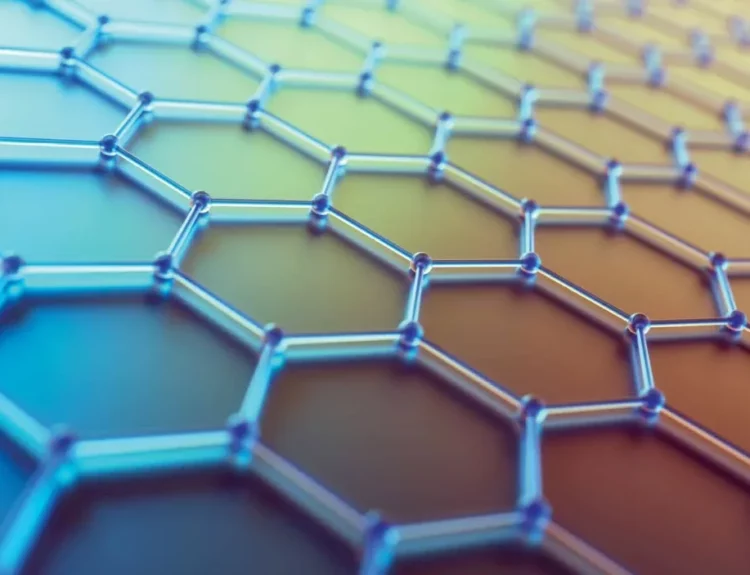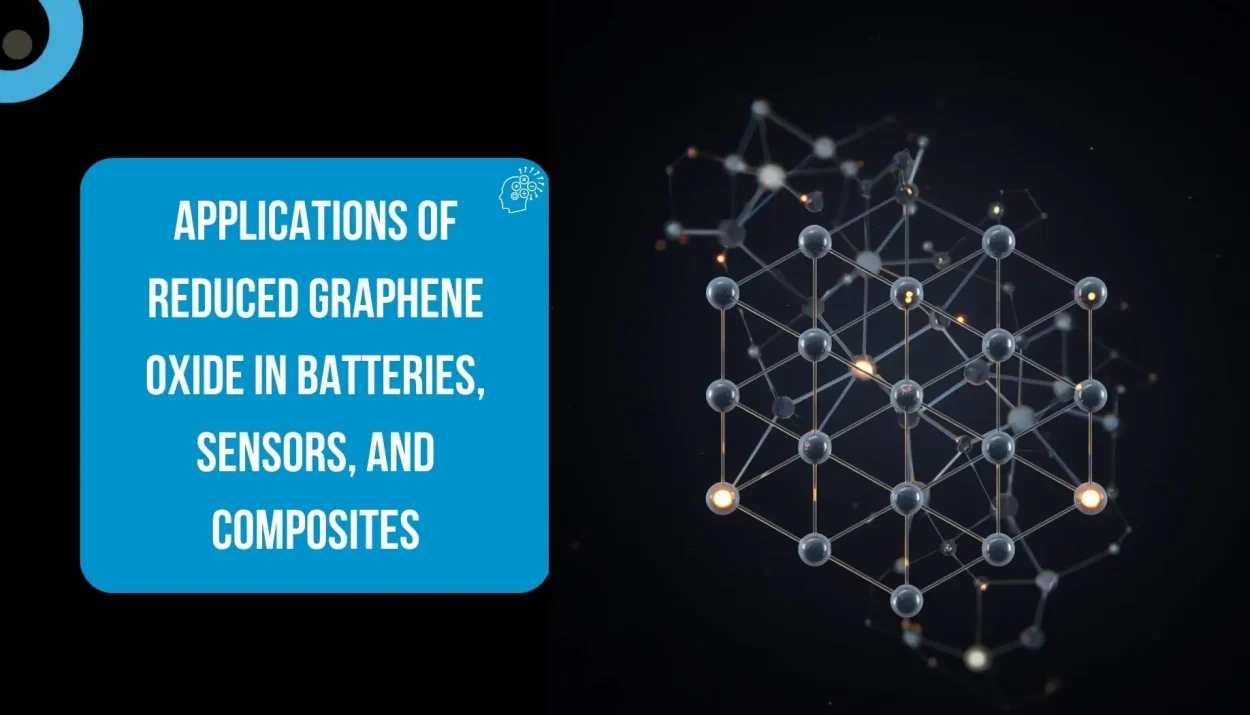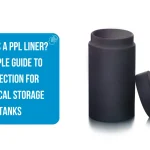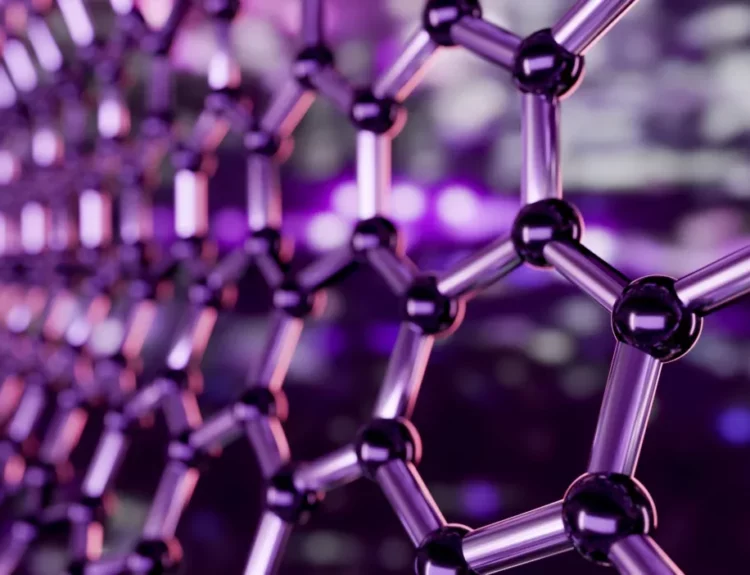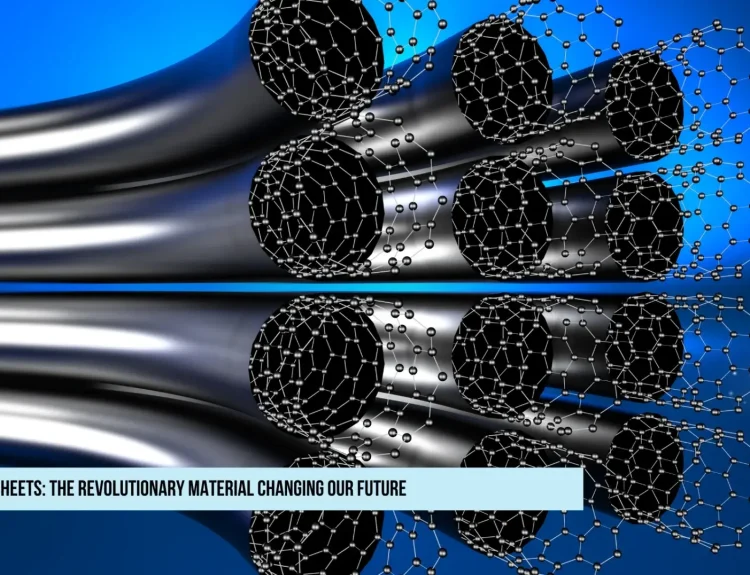Introduction
Reduced Graphene Oxide (RGO) is a form of graphene that has been partially reduced from graphene oxide. It keeps many of the fantastic properties of pure graphene, such as high electrical conductivity, strength, and flexibility, but is easier and cheaper to produce. Because of this, RGO is becoming very popular in various technologies, especially in batteries, sensors, and composite materials.
RGo in Batteries
Batteries need materials that can store and transfer electrical energy efficiently. RGO is ideal for this because it:
Has high electrical conductivity, helping electrons move quickly.
Has a large surface area, allowing more ions to attach during charging and discharging.
It is lightweight and flexible, improving battery design.
Applications:
Lithium-ion batteries (Li-ion): RGO is used to coat electrodes, improving their performance and lifespan.
Supercapacitors: RGO helps increase energy storage capacity and enables faster charging.
Next-generation batteries: It’s also being tested in sodium-ion and zinc-air batteries.
RGo in Sensors
Sensors detect small changes in the environment—like gases, pressure, or biological signals. RGO works well for sensors because it:
Responds quickly to chemical or physical changes.
Can be combined with other materials (like metals or polymers) for specific detection.
It is sensitive even to minimal changes.
Applications:
Gas sensors: RGO can detect gases such as nitrogen dioxide (NO₂) and ammonia (NH₃) at very low concentrations.
Biosensors: Used for detecting glucose, DNA, or proteins in medical tests.
Pressure and strain sensors: RGO-based films change their resistance when stretched, making them useful for wearable electronics.
RGO in Composites
A composite is a material made by combining two or more substances to create something more substantial or more functional. RGO improves composites because it:
Adds strength and stiffness to polymers and metals.
Enhances electrical and thermal conductivity.
Helps make lightweight and durable materials.
Applications:
Automotive and aerospace: RGO-reinforced plastics are used to make lighter, stronger parts.
Construction materials: Improves concrete strength and reduces cracking.
Electronics: Used in flexible and conductive films for wearable devices.
Conclusion
Reduced Graphene Oxide (RGO) is a versatile and promising material that combines affordability with excellent performance. Its use in batteries, sensors, and composites is just the beginning. Scientists are continually discovering new ways to make RGO even more efficient and sustainable. In the future, it could help build cleaner energy systems, more innovative devices, and stronger materials.
